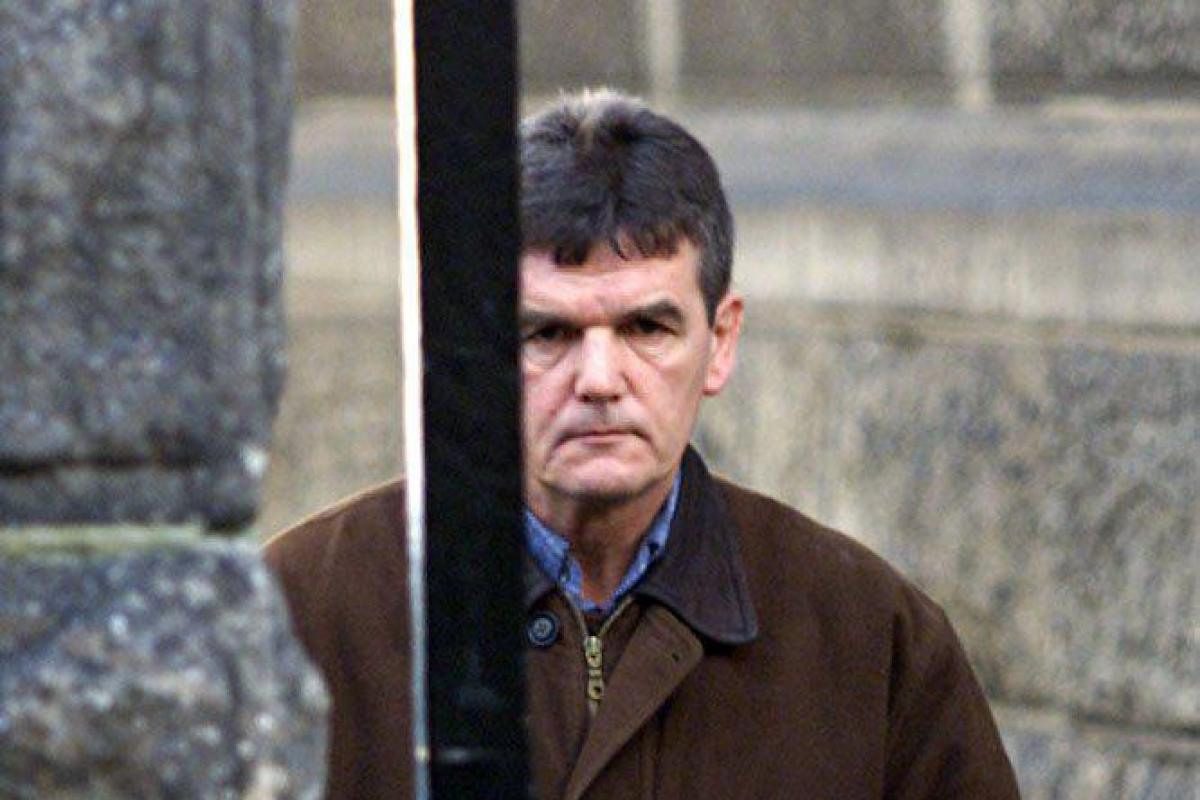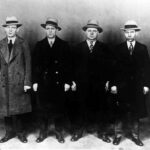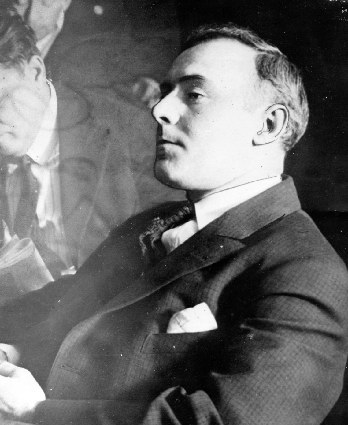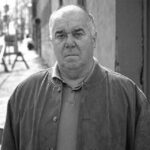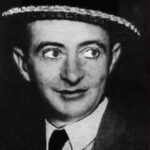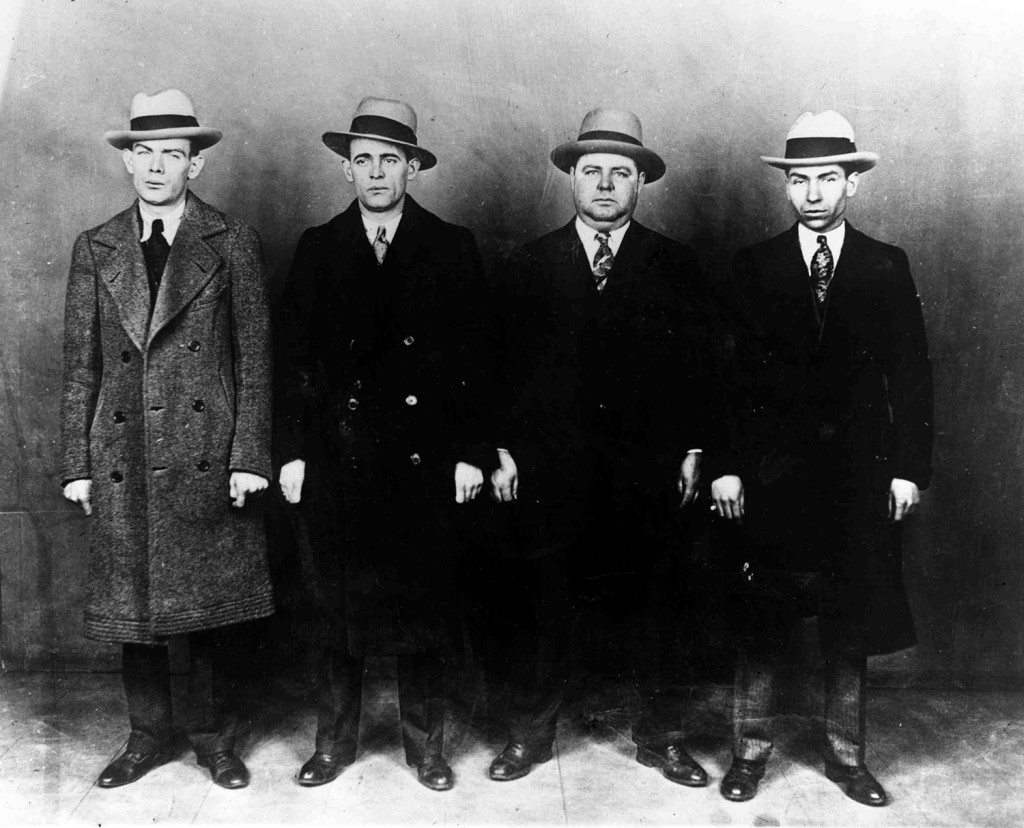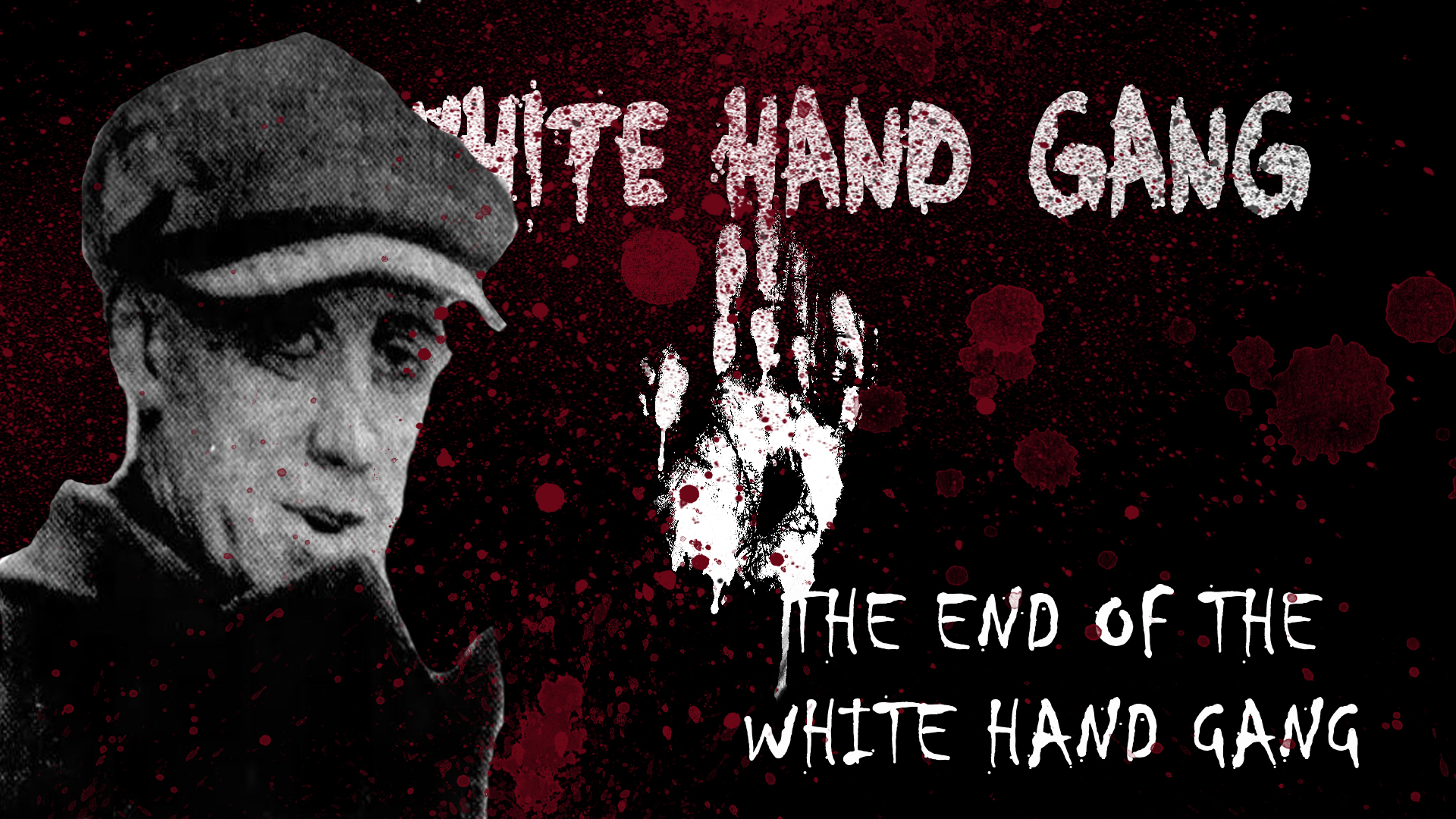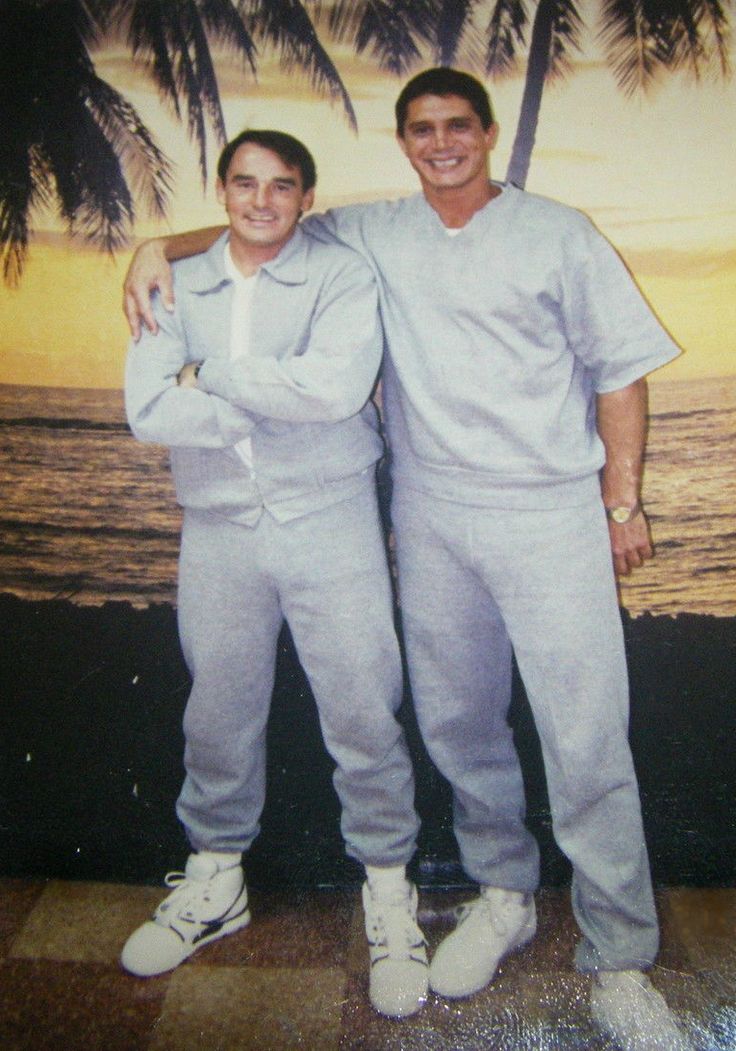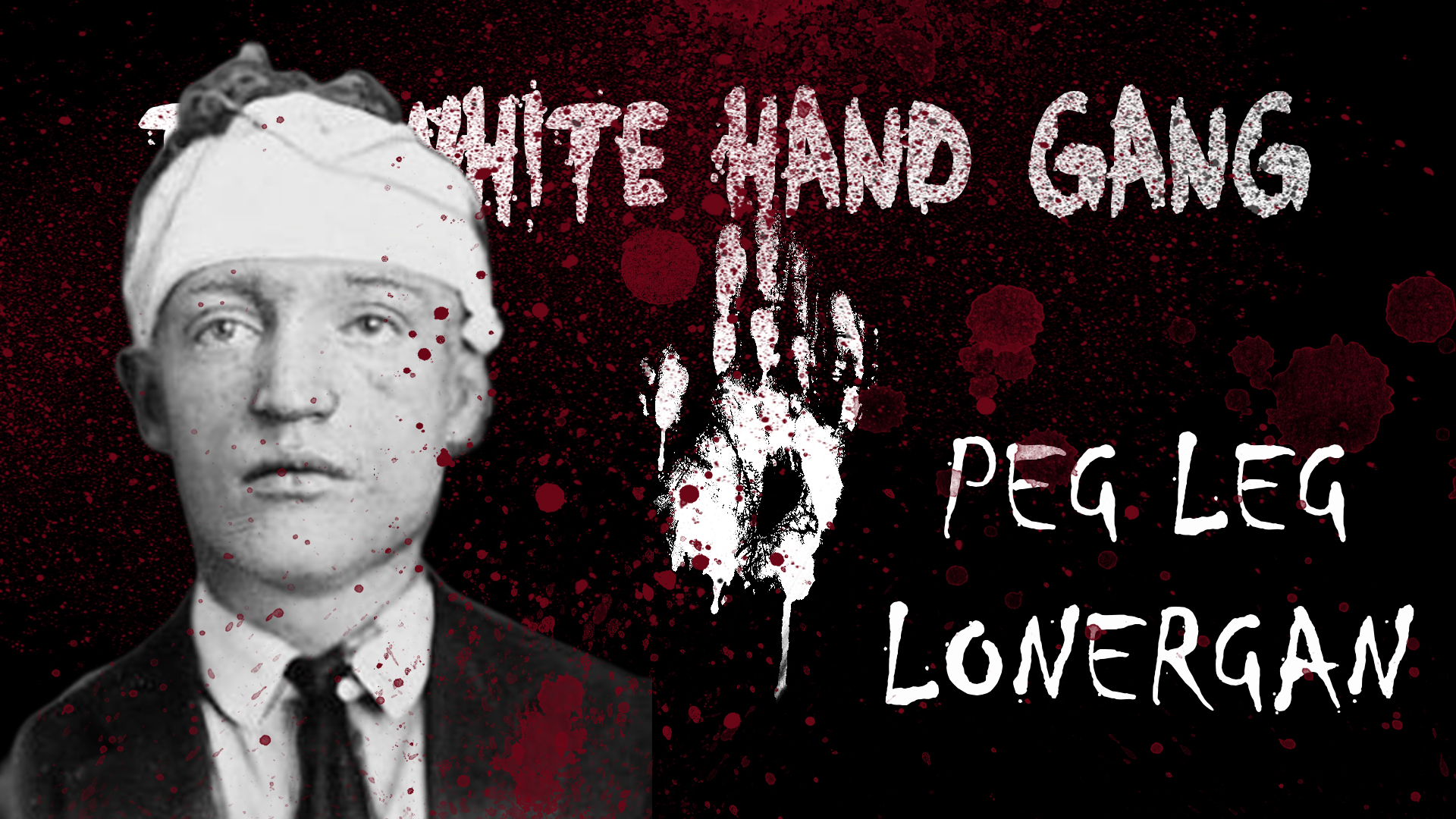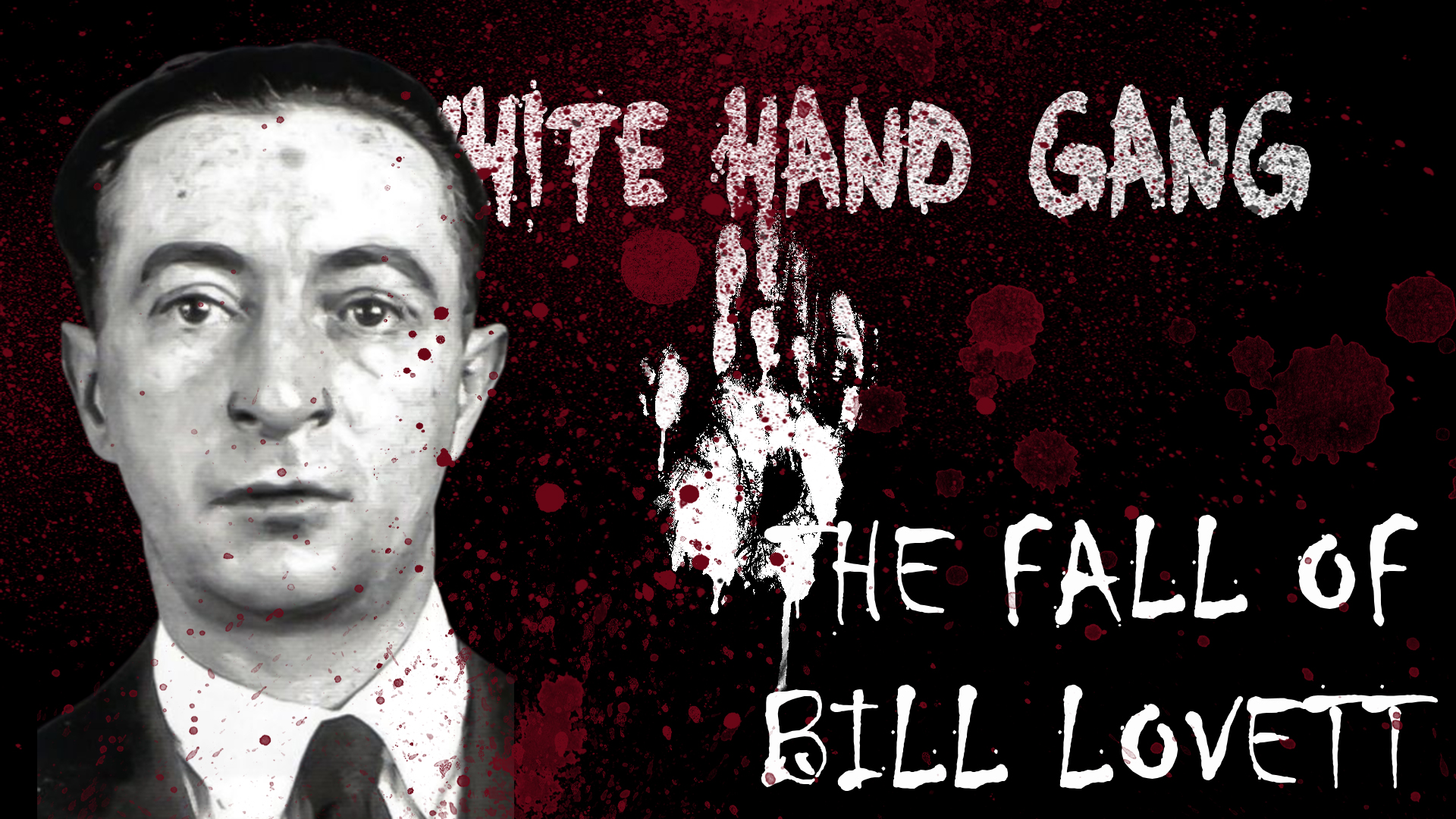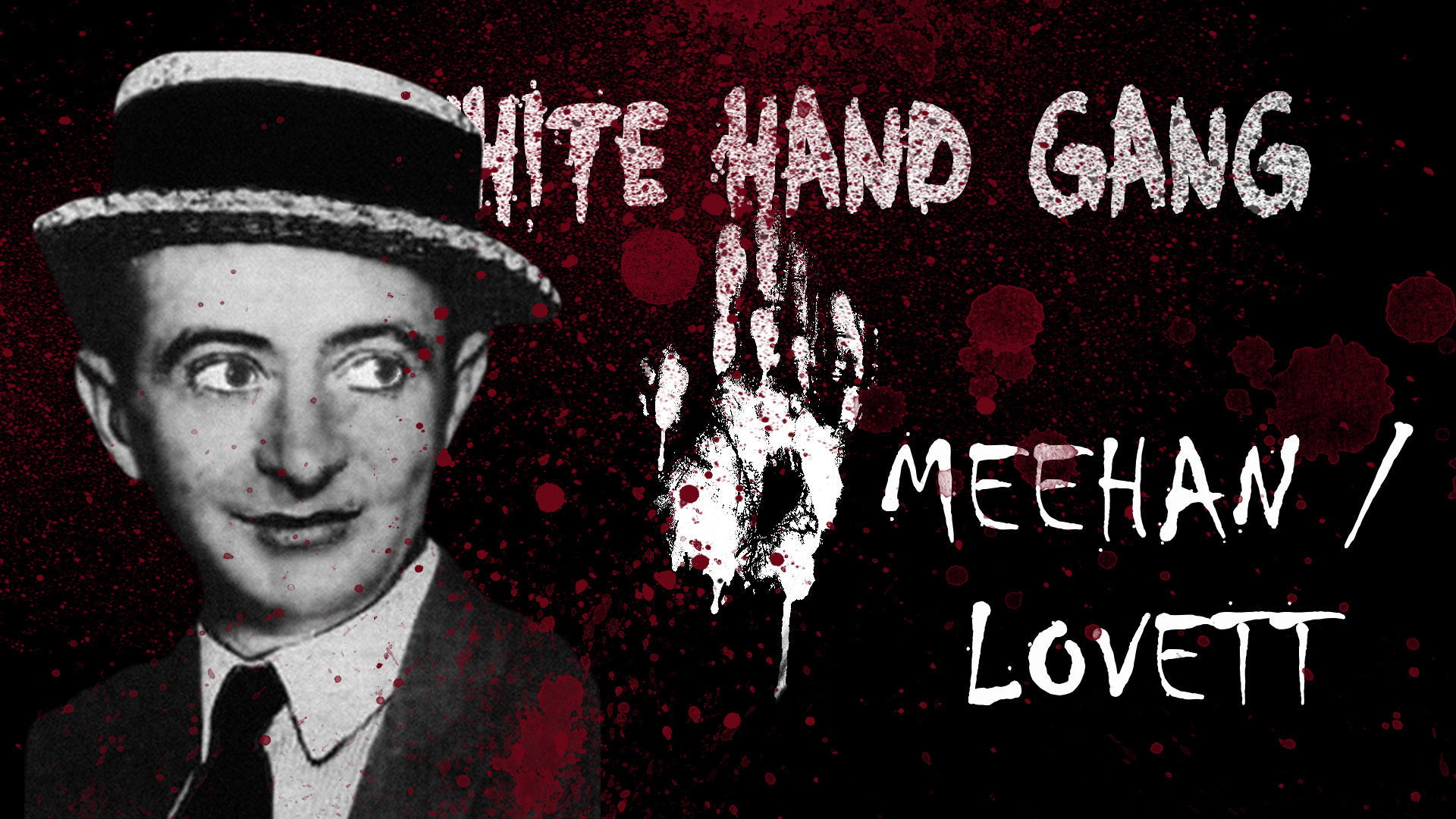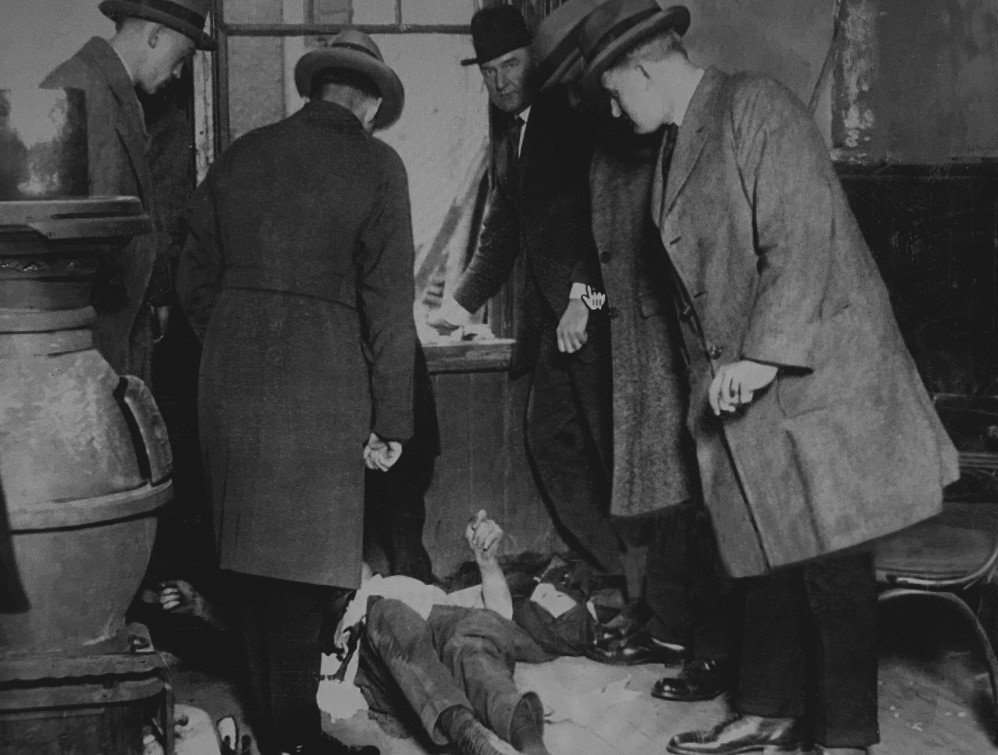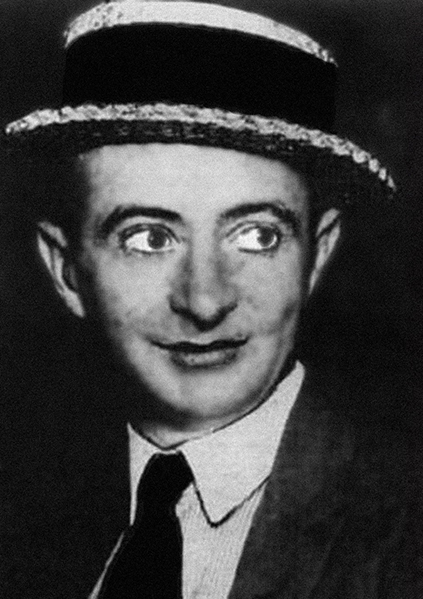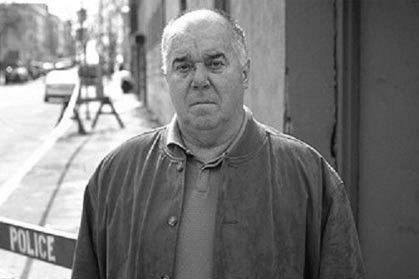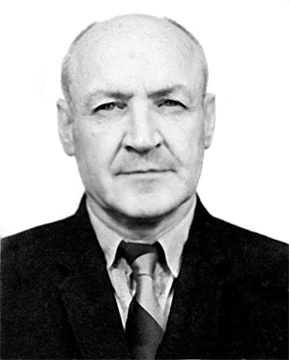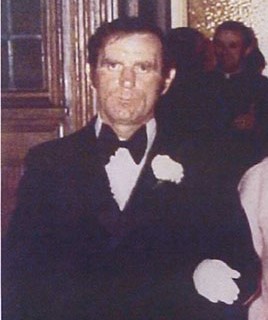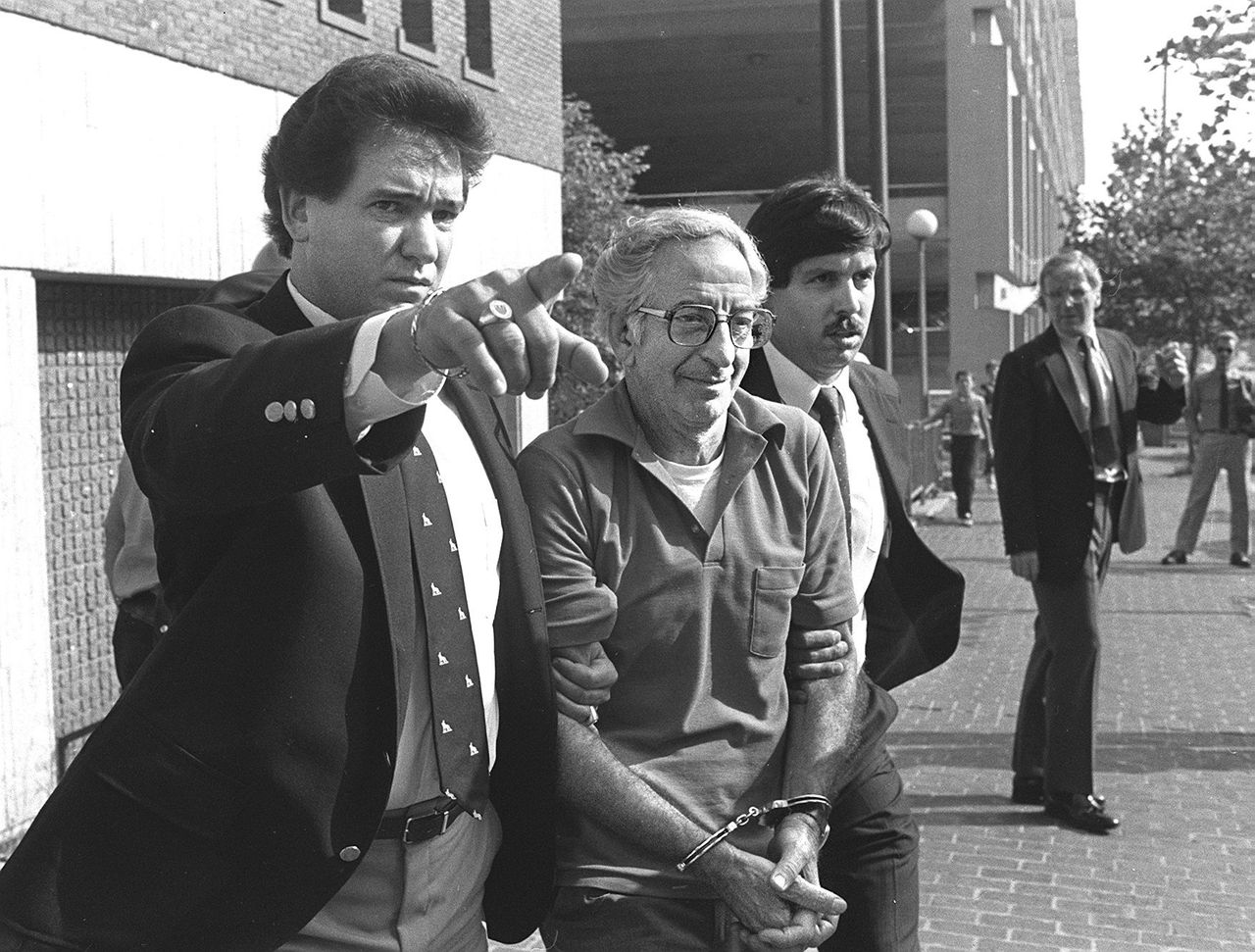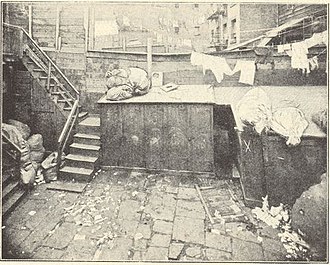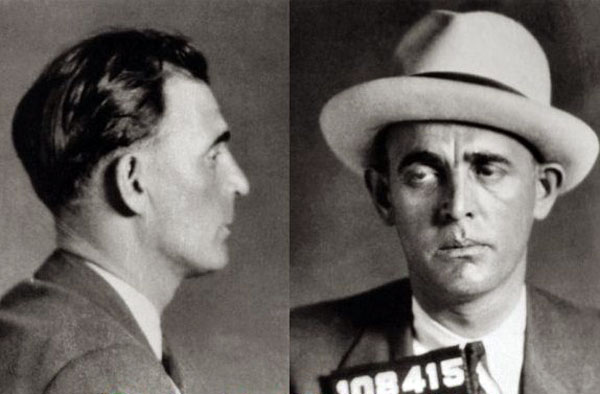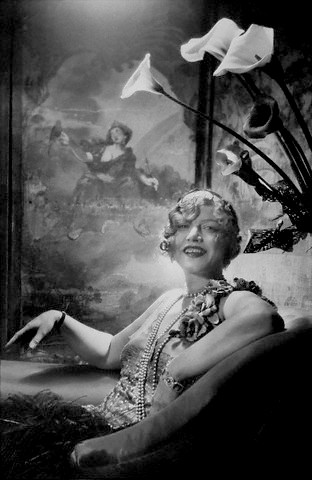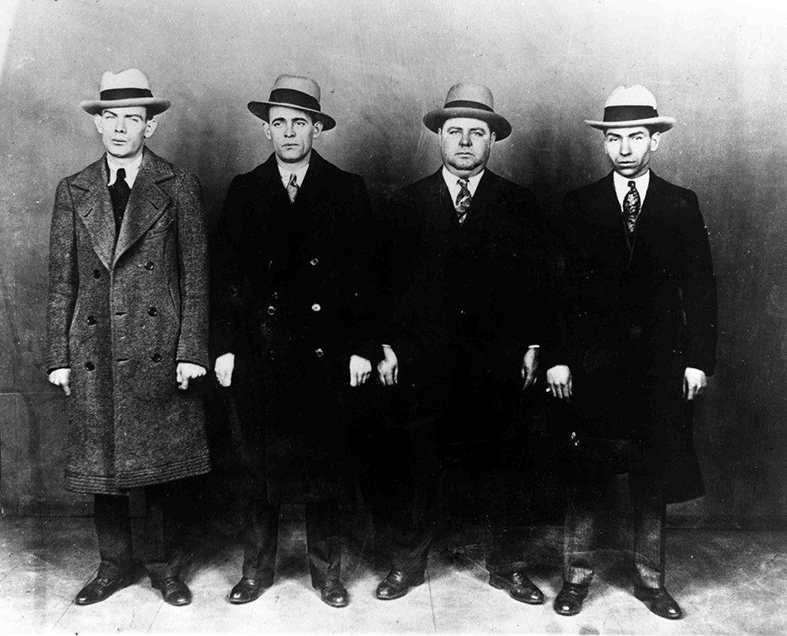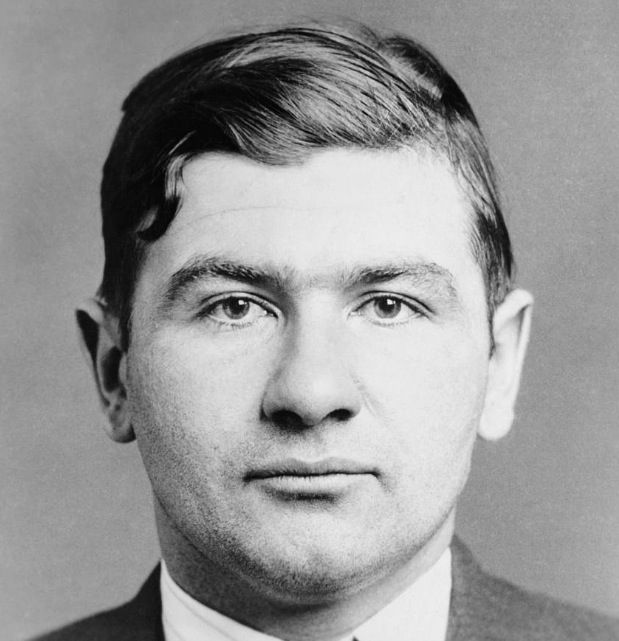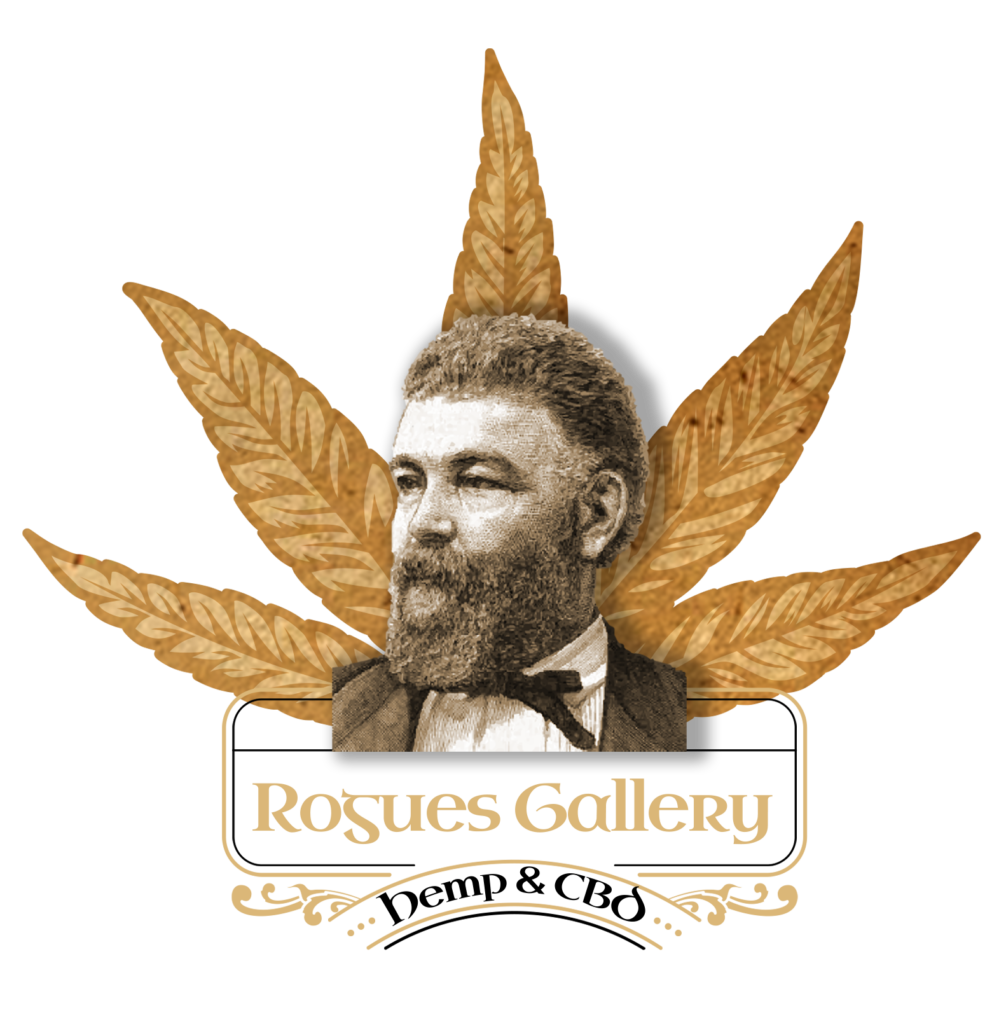Seamus “Shavo” Hogan was described as one of the ‘great burglars’, who played a leading role in all the big 1980s heists along with Martin Cahill, known as the General. Hogan’s career as a robber lasted from the late 1970s until the late 1980’s when he was finally apprehended during a confrontation with gardai, in which he tried to shoot at the gardai (Irish Police) in Clondalkin in West Dublin. Hogan had convictions for robbery, burglary, shooting at gardai and possession of firearms.
Hogan and another associate, Martin Foley, known as the Viper, became known in the 1980s as leading figures for a group of Dublin criminals who clashed with the Concerned Parents anti-drugs movement. They named themselves the Concerned Criminals Action Committee, Hogan acted as group spokesman and was interviewed by a number of journalists. The group also smashed up houses belonging to figures involved with anti-drugs activities after they had marched on his house. Tensions rose between the two groups, Hogan & Martin Foley attended a peace meeting with representatives of Sinn Fein, who are / were the public face for the IRA. It was agreed if there was any further violence between the two groups there would be inquiries, breaches of the accord took place almost immediately.
“Shavo” Hogan was arrested in March 1984 and questioned about the shooting and injuring of an anti-drugs activist, Joe Flynn, at St Theresa’s Gardens in south Dublin. The following morning an IRA gang kidnapped one of Hogan’s associates, Tommy Gaffney. Tommy Gaffney disappeared for a week before being released. Then the IRA gang attempted to kidnap Martin Foley in the same month, March 1984, however he was freed after a shootout between the gardai and the IRA.
Seamus “Shavo” Hogan began his career in crime in his mid-teens, clocking up convictions for burglary and other offences before joining forces with “General” Martin Cahill. He was a leading figure in the Cahill gang and was convicted for various armed robberies they carried out together. He would however be involved in some of the most high profile and seemingly outrageous break-ins in Irish State history to that point.
“Shavo” Hogan was considered to be an expert burglar, according to other members of Cahill’s gang. The theft of the Chief State Solicitor’s files was “just another job” for him. Hogan gained access to the office by cutting out a panel in the rear of the premises and then spent three hours searching through the files. “They weren’t much use, apart from Fr Molloy’s file,” he said. The Father Molloy file was a case in which a priest Father Niall Malloy was murdered in “suspicious” circumstances in 1985 at the home of a couple in his parish, the man accused, Richard Flynn was a friend of the presiding judge, who had directed the jury to give a not guilty verdict. The journalist, Veronica Guerin, who herself was murdered by John Gilligan’s gang, later published these files, which highlighted a conflict of interest of the presiding judge. Father Molloy’s family do not believe Richard Flynn was involved in his death and to this day no one has been charged.
Hogan was also behind the theft of guns from the garda depot in John’s Road, Dublin, highlighted a glaring security lapse. Hogan “walked through the front gate, pretending to be a tradesman”. He made three visits and took out 20 guns.
But the biggest score Hogan, Cahill and the gang had was the Beit art robbery in Russborough House in county Wicklow. The break-in in May 1986 began with the robbers deliberately setting off the alarm system and retreating into bushes. The gang would set off the alarm on several nights before the robbery. The false alarms had become a nuisance and the alarm was not being re-set afterwards, he said.
Hogan forced open the window with a chisel. “Of course everybody was nervous,” he said, “but it was easy. The chisel did most of the work.” The General had the honour of removing the Vermeer painting, Lady Writing a Letter, worth £20 million. It was “really a very simple robbery”, he said. But the gang had no clue about the significance of the paintings and wouldn’t have known a Goya from a Dali, he said.
The paintings, worth upwards of £40 million, were stored afterwards in a coal shed in a back garden, Hogan said. “Some of the paintings got damp. It was very difficult to look after them with all the surveillance,” he admitted. “Robbing the paintings was the easy bit. Everybody thought they were going to be millionaires. But after that night, everything went downhill. There was a curse on those paintings.” The gang thought they would retire, but their troubles were only beginning.
The subsequent surveillance operation mounted by the Garda Tango Squad, which placed key members of the gang under 24 hour surveillance failed to deliver a prosecution against the General, but it effectively destroyed his gang. “The first week it started, we thought ‘This is great craic’. But it became a nightmare: beeping horns and shining torches into the house at night. It really upset family life,” he said. “You could not go out for a drink without a policeman sitting beside you. Some of them were okay, you could have a laugh with them, but some of them took it very personally.”
The Tango Squad operation coincided with prosecutions against five associates of the General: his brother Eddie, brother-in-law John Foy, Shavo Hogan, Martin Foley and Eamon Daly. “In the end, the surveillance worked. It made it very difficult for us to do anything. You couldn’t get a particular car or motorbike that you wanted for a job. You couldn’t take the same precautions as you did before.” Hogan was jailed for eight years for an armed robbery during which he tried to fire on gardai. As he ran from the unarmed officers, he aimed his gun but the weapon jammed. A garda van then struck him and he was arrested. In the back of the patrol vehicle, Hogan tried to strangle one of the officers with a walkie-talkie strap and punched another garda and broke his nose.
Hogan was sentenced to Irelands maximum security prison, Portloaise, he shared a cell with his good friend Martin “The Viper” Foley. However Hogan was accused of being a rat and was later attacked by between 18 – 30 prisoners, they even tried to cut his ears, symbolic of being a rat, over allegations that he informed on a member of the gang. This allegation was never proven and it lead to a falling out between Hogan, Foley and Cahill, Foley taking the side of Hogan. Hogan required 40 stitches and later sued the State for compensation.
“Shavo” Hogan was released from prison in 1992 and subsequently got involved in the drugs trade, mainly heroin and cannabis. However more allegations of ratting would soon surface, Hogan would get into trouble over a cocaine seizure. Only a small number of people knew about the deal, and Hogan was one of them. A major south Dublin criminal, formerly associated with the General, lost a considerable investment, believed to be 200,000 and some of his men because of the garda bust.
Hogan would also continue his grudges with old associates too, as well as the IRA. He was suspected of being behind an attempt to murder a former associate in Cahill’s gang in January 1999. The intended victim was shot three times but survived. Soon “Shavo” Hogan would be on the receiving end of attempted assassinations, the first attempt came when he was shot at with a handgun from a car as he walked along the street in Crumlin. A month later he escaped another attempted hit, he was only slightly injured when he was shot in the back with a shotgun as he walked home from a pub with his wife.
But he wouldnt be so lucky the third time, “Shavo” Hogan was a man of habit and went to the same pub at the same time every Saturday night. Who was behind the hit is a mystery, old associates, the IRA, anti-drugs activists, rival drug dealers, whoever carried out this hit was described as professional. Two gunmen arrived in a stolen Mazda 323. They shot Hogan in front of a CCTV camera as he pulled in to the Transport Club on Clogher Road, Crumlin. One gunman blasted the front windscreen with a shotgun blast while the other fired with a handgun.
Hogan probably saved the life of his wife Lilly by pushing her out the passenger door of their car as he tried to reverse away from the killers.
Sources:
http://winnowinghistory.blogspot.com
https://www.irishtimes.com/news/
https://www.independent.ie/irish-news/
https://www.irishtimes.com/news/
https://www.irishtimes.com/news/

